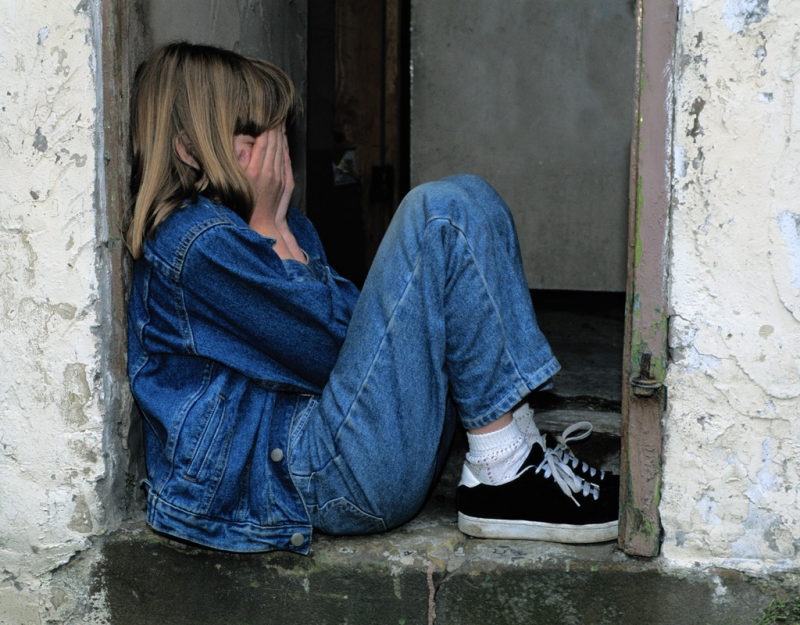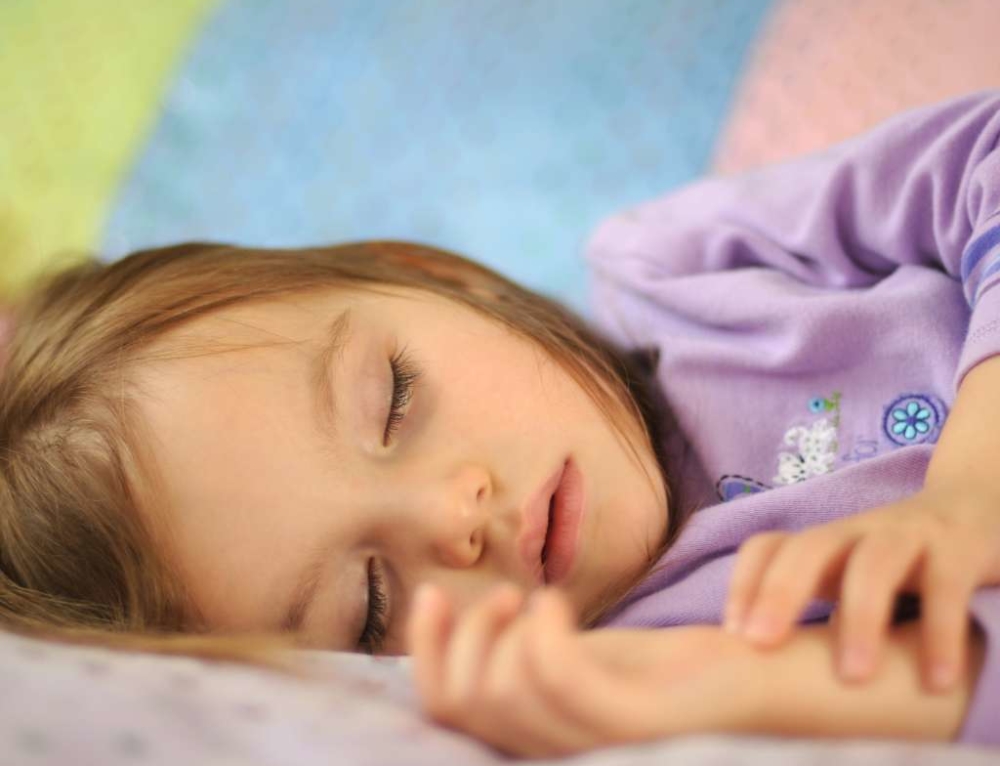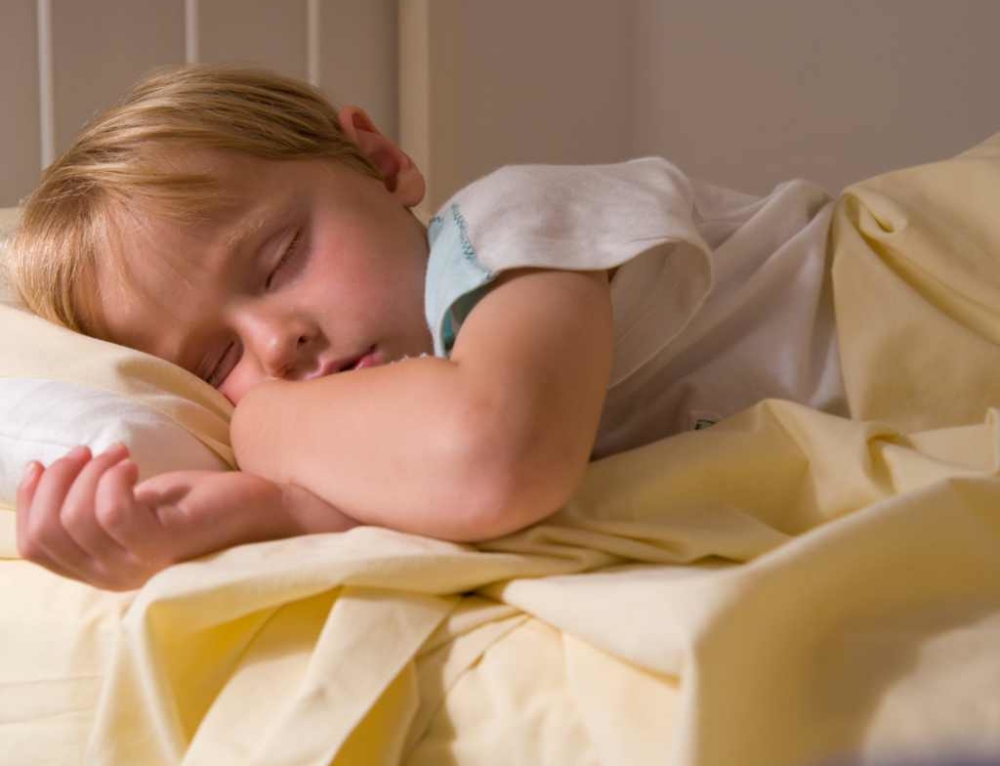The term ‘obsessive-compulsive’ or ‘OCD’ may have become part of our general lingo, yet for many people it’s a very real disorder they and their families have to learn to live with.
Between 2% and 3% of the population have some form of obsessive compulsive disorder (OCD) – and many started showing signs as early as the age of five or younger, says clinical psychologist Dr Emily O’Leary.
But she urges caution and for parents not to panic if their toddler is showing repetitive behaviours or a need for order.
“It’s normal behaviour for toddlers, for example, to line up their blocks or repeat activities. This can be how they learn, or rituals they use to self-soothe,” says Emily.
OCD is a disorder
If a child has an OCD most parents will be able to tell, says Emily. Children more at risk of developing anxiety disorders like OCD are those who are more highly anxious .
“This is not a behaviour, it is an anxiety disorder. I like to describe it as that some kids just have an extra dollop of anxiety which can become an obsessive-compulsive disorder,” she says.
“These children may have always found it harder to deal with change and other stresses, and found it more difficult to quickly and effectively self-soothe.”
The important thing, she stresses, is that parents who have any concerns seek some early advice from a professional trained in such childhood anxiety disorders, as soon as possible.
“Like many mental illnesses, early intervention is the key,” she says. “Left untreated OCD can become a really disabling disorder for children.”
Spotting the signs of obsessive compulsive disorder
Only a medical professional will be qualified to diagnose your child as suffering from OCD. But there are signs to look out for that might indicate OCD. These include:
- A desire to have his room tidied in a particular way, with everything perfectly aligned
- Repetitive hand-washing or prolonged, repeated showering/bathing
- Worrying excessively about his handwriting and neatness of his schoolwork
- Worrying about harm coming to loved ones, such as parents, siblings, friends or pets
- Going to extreme lengths to protect the family home by repeatedly checking locks and taps
- Feeling the need to count whilst he perform certain tasks, sometimes in multiples of a particular number
- refusing to let go of or discard seemingly useless or old items
- worrying excessively about becoming ill or catching specific diseases
Some OCD specialists suggest that if a child loses more than an hour a day to any of these activities, and if the need for repetitive behaviour causes marked distress or significantly interferes with normal routines, relationships or social functioning, then this a sign that help is needed.
Treatment of OCD
The most common treatment for kids is cognitive behaviour therapy (CBT), Emily says, which helps the child learn to change his reactions to the obsessive thoughts and compulsions.
Drug therapies, like anti-depressants, are not normally used to treat children but may be a course of action for adolescents.
This article was written by Fiona Baker for Kidspot, New Zealand’s best family health resource.







Leave A Comment
You must be logged in to post a comment.